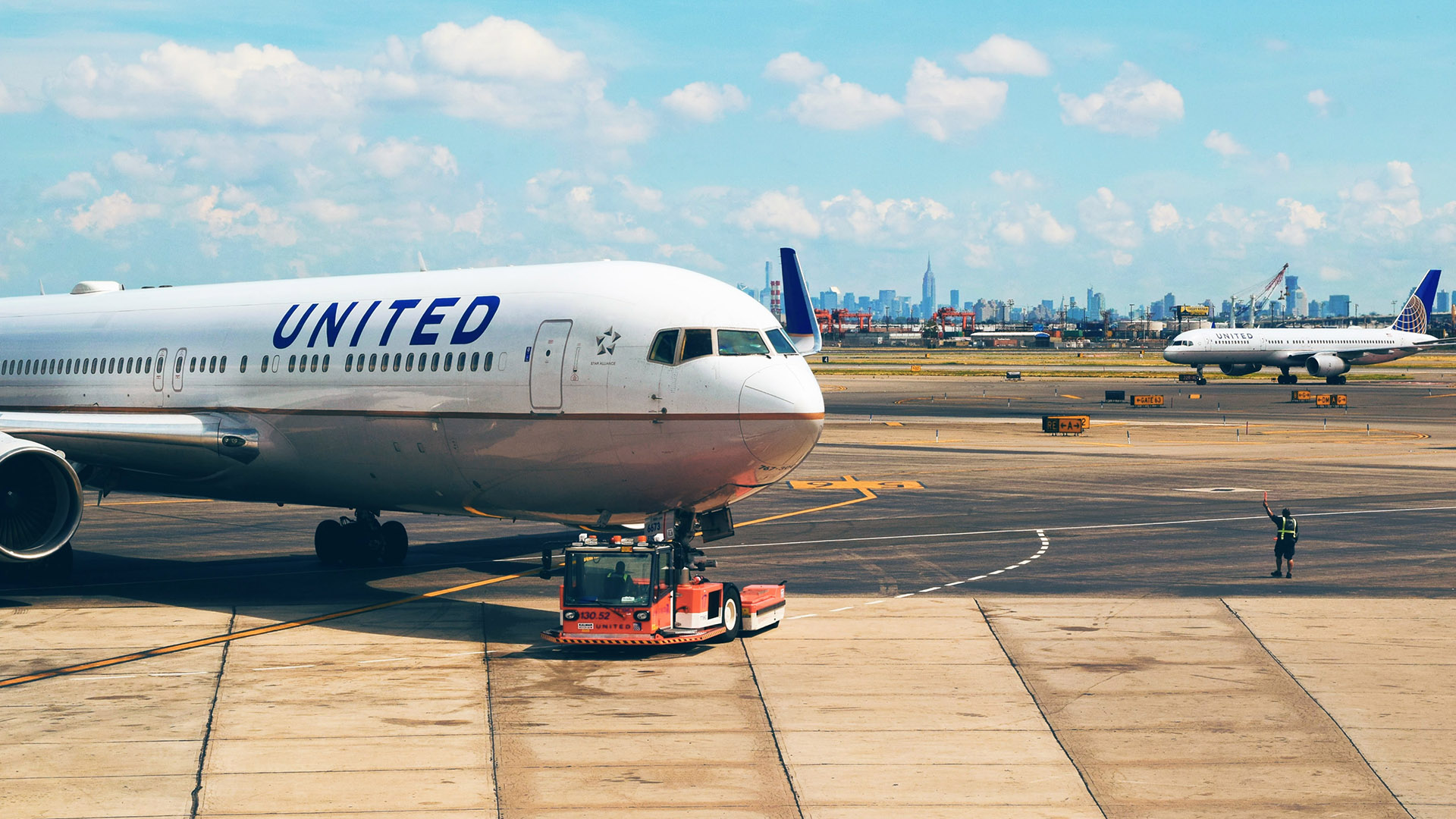by Ruben Egbert Hoornveld
On the late afternoon of Sunday 09th April 2017, Dr. David Dao was forcefully removed from an overbooked United Airlines flight after refusing to give up his seat. The event is filmed by multiple passengers, and the incident – including footage – is almost instantly posted on Facebook and Twitter.
A few minutes following the posting of the video on Twitter, United picked up on the incident and responded to social media messages while the plane was still on the ground. This indicates that their “social listening” system was functioning well.
After landing, one passenger immediately starts tweeting more details to a local news station asking for comments. That evening United releases a first press statement following several questions from the mainstream media. Although the incident is being reported, it has not gone viral yet.
On the morning of 10th April, trolling of United starts and several memes go viral. In six hours, the posts spike with 125.000 unique mentions on Twitter, Facebook and Instagram.
At this moment, the crisis was taken seriously, seeing that the CEO issued a statement to the public, but United went into denial. Around noon, the CEO of United releases a statement apologizing for “re-accommodating” passengers, but not for the incident itself. The company did not accept blame for the crisis, which infuriated social media.
Considering that significant time passed between the incident, the initial outcry on social media and the first press statement, it was a badly orchestrated response.
The situation further escalates when the CEO shortly afterwards sends an email to all United personnel in which he “emphatically stands behind” United staff. The internal email is almost instantly leaked to the news media. Social media goes berserk, while mainstream media and late-night talk shows accuse the CEO of United for blaming the victim.
Overall, on 10th April, Brandwatch tracks 426,000 related tweets on Twitter alone, with a whopping 1.4 billion impressions (Joyce, 2017).
On 11th April, when the stock market opens, United lost about $1B in market value, later in the day rising to $1.4B. The incident goes international and becomes a top trending topic on Chinese social media suggesting that Dao was being targeted because he is Asian. The reputational damage is severe with passengers and companies boycotting United, and even President Trump commenting on the incident.
Following a tsunami of bad publicity and plummeting stocks, United attempted to diminish the situation. During a second public statement of the CEO on 11th April, United issued an apology to Dao and its customers and admitted that they did wrong. This was again followed up with an email to all United personnel which was this time in-sync with the second public statement.
On the morning of 12th April, United’s CEO went on live TV and apologized to Dao, his family, the passengers on flight 3411, its customers and United personnel. The CEO stated that he felt ashamed. The company further announced policy changes to ensure that this would not happen again. This was a clear attempt to repair the situation.
For several days the topic remained trending on Twitter, Facebook, Instagram and Reddit. Where approval rates for United were averaging around 91% positive prior to the incident, these rates dropped with 69% within the first 24 hours.
Within a fortnight, Dao and United reached a settlement in court which was praised by Dao’s attorney stating that United did the right thing.
In summary, the situation was a perfect scenario for social media. The public could relate to Dao as no one wishes to be bumped of a flight because an airliner deliberately overbooks. The underdog was then forcefully dragged off the plane by several police officers, under protest of passengers, while several people filmed the incident.
The spectacular footage of a semi-unconscious bloodied passenger was immediately uploaded to several social media platforms where it was shared 87,000 times and viewed 6.8 million times in less than a day (Edwards, 2022).
It was then picked up by mainstream media which brought it to an even broader audience, who in turn went on social media to view and comment on the situation, creating a cyclic situation.
United used both social media as well as mainstream media to handle the crisis. Social media was mainly used to listen and in the initial phase gain more details, while the official response was made the traditional way with a statement to mainstream media. This is probably the recommended course of action as it would have been impossible to respond to the millions of posts and tweets through social media channels.
The initial responses in the first 24 hours were clumsy and did more damage than contain the crisis. In the follow up stage United did much better which helped with the recovery, but severe reputational damage was already done.
And the Internet never forgets. Today, more than five and a half years later, most tweets, videos and news articles can still be found online.

